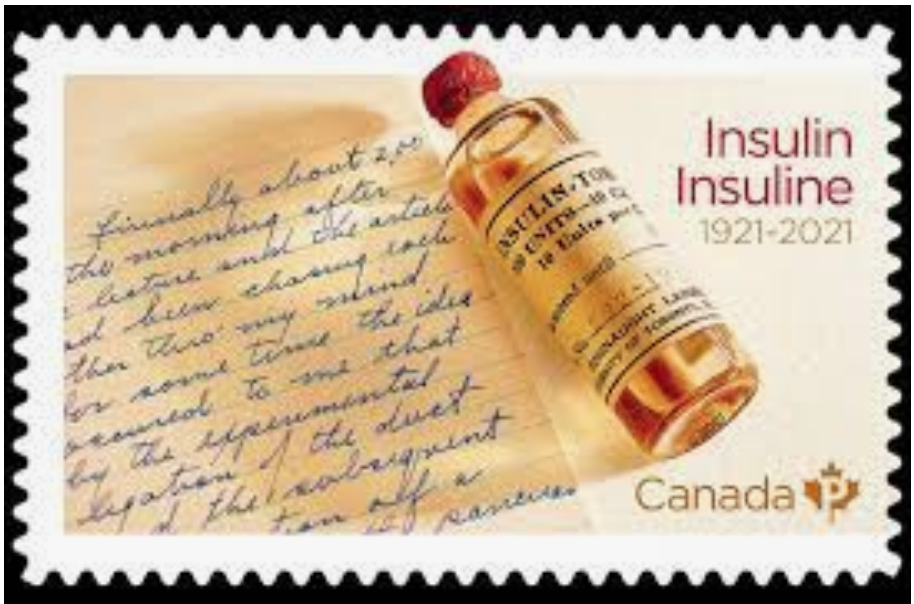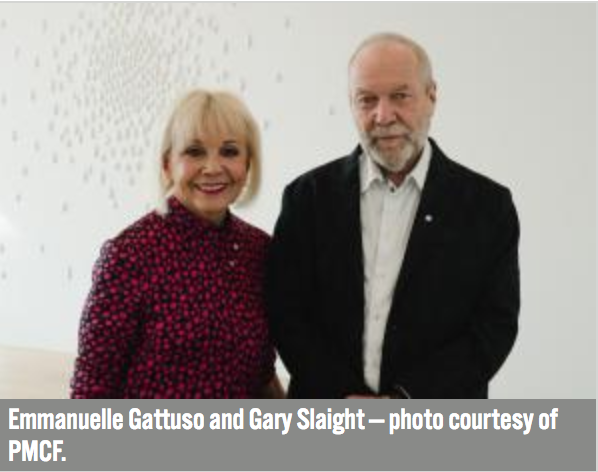Good News From the Media

THERE IS MORE GOOD NEWS IN THE WORLD THAN BAD
I have often commented on the bad news that is regularly reported in the media, most often by the newspapers.
This past Saturday, April 9th, however, there were a number of GOOD NEWS items in the Globe and Mail.

The first one I noticed mentioned that this is the 100th anniversary of the discovery of insulin by Dr. Frederick Banting and Dr Charles Best to treat diabetes.
The article went on to say Banting and Best sold their patent for $1 as they wanted their discovery to belong to the world.
Indeed, it has!! Since that time 100 years ago, millions of lives have been saved and millions have been able to live a full and meaningful life because of Insulin (You probably know many).
A few pages later there was a full page announcement and a picture of Allan Slaight announcing a $50 million dollar gift after La Fondation Emmanuelle Gattuso, in partnership with the Slaight Family Foundation established the Allan Slaight Breakthrough Fund at the Princess Margaret Hospital for cancer research.

Allan Slaight died in 2021. He made his money largely in media and had previously given over $50 million to the Princess Margaret Hospital. He and his family have given much of his wealth to many good causes.
Dr. Emmanuelle Gattuso is Allan Slaight’s widow. She is a cancer survivor and a huge supporter of philanthropy and volunteering.
There was also a two page spread reviewing a new book called, “UNPRECEDENTED” (Signal /Mclelland and Stewart). The book is a series of essays about what many corporate CEOs and their companies did during COVID. https://www.penguinrandomhouse.ca/books/708464/unprecedented-by-steve-mayer-and-andrew-willis/9780771002137
We often think business is just about making money; this is often true. Some companies, however, have a higher calling, particularly during trying times.

This book is revealing, and the proceeds are going to the United Way Centraide for COVID 19 recovery. I have not read it but several of the essays were highlighted. There are 33 in total. Here are a few:
Jose Cil – President of RBI the owner of Tim Horton’s and other Fast Food Corporations.
His story is about his experiences early on with the White House and the need to extend the U.S. government’s Paycheque Protection Plan to 24 weeks, a move that saved many businesses and jobs. A similar programme was adopted in Canada.
Dani Reiss – President of coat-maker Canada Goose.
Early on in the pandemic he became aware there was a huge shortage of Personal Protective Equipment (PPE). On their own initiative, Canada Goose converted eight of their coat-making plants into facilities making PPE for frontline workers.
They had no orders at first but went on to make 2.5 million PPE and provide them at cost.
Brian Porter – CEO of Scotia Bank
Scotia bank employees put together over 10,000 meals per day for people putting themselves at risk to help others. Later, they helped organize and participate in a mass vaccination clinic at Scotia Bank Arena that vaccinated over 26,000 people in one day – a global record. During these activities the place had a joyous celebratory feel to it says Porter.

Porter, who is also Chair of the University Health Network, saw from his vantage point how generous Canadians are, but also saw there were huge flaws in our system including the Housing shortage, and the need for all sectors to work together to solve the problem. He also concluded there is a need for a Canadian industrial policy and realized the banking system has a major role to play in society to provide the capital to backstop businesses large and small when in need.
There was another article announcing the establishment of a new satellite centre to treat TB in Nunavut.
The Inuit are 280 times more likelihood of becoming infected with TB than non-Inuit people in the rest of Canada. This clinic will make the treatment of TB less expensive, and be a big part of reducing TB amongst the Inuit. TB is both preventable and treatable. The aim is to reduce the incidence of TB amongst the Inuit to zero by 2030.
Inuit with TB have historically been sent to the south at great expense for treatment, keeping them away from their families for a long period of time… some never returned. Now they can be treated at home.

Last but not least, was a full page ad for the Terry Fox Foundation with a picture of Terry and an inscription, “NOBODY IS EVER GOING TO CALL ME A QUITTER.”
What is significant about all of these stories is they are all about our collective health and all came from commercial organizations with actions not aimed at making money.
Thank you Globe and Mail for providing the space for these messages and the actions of all of the contributors.
Till next time,
Chris Snyder
You May Also Like

Getting Along and the Golden Rule
July 31, 2022
Cambodia!
January 13, 2019